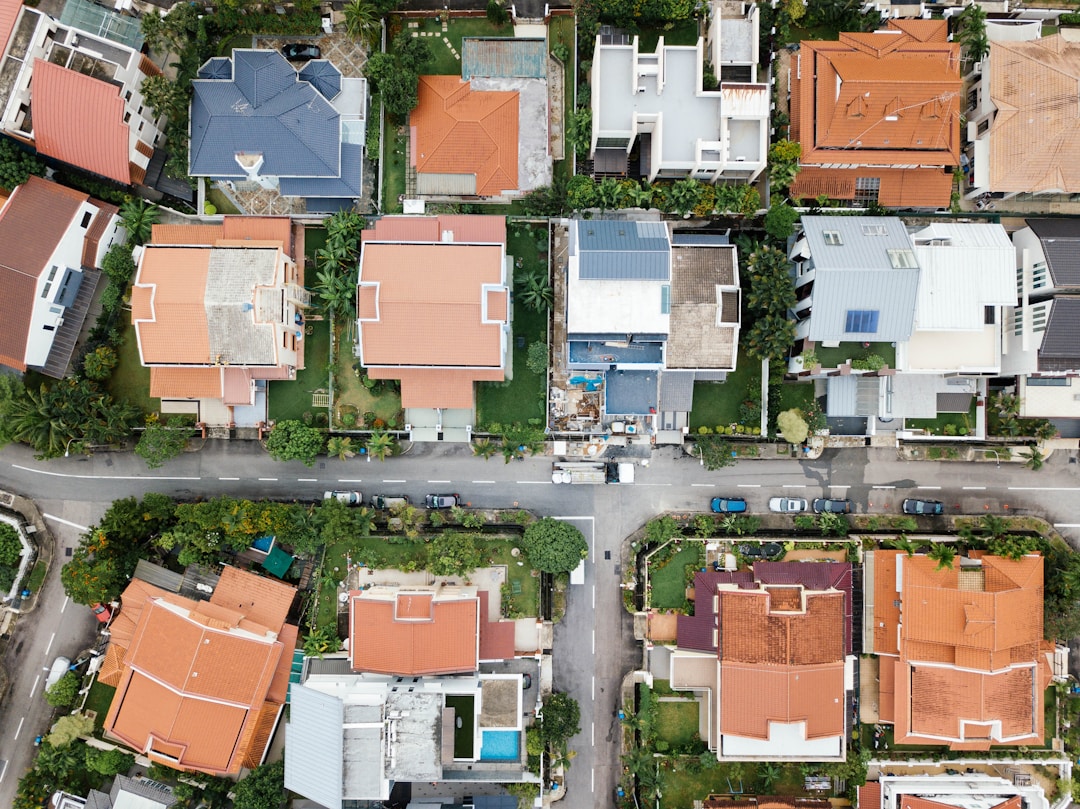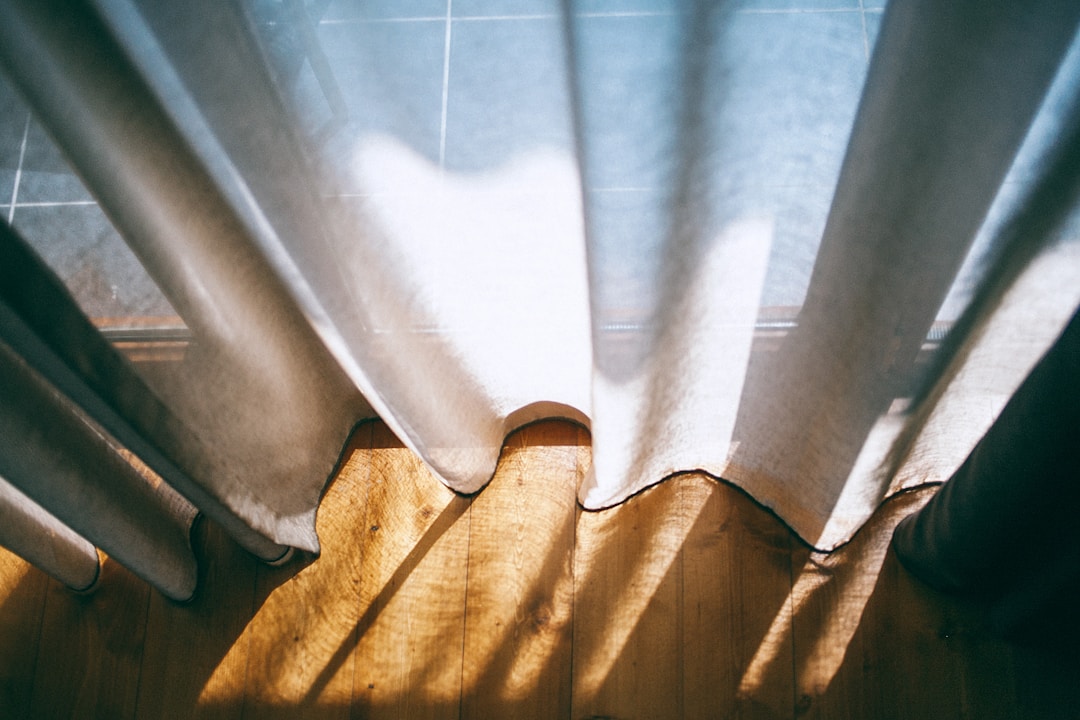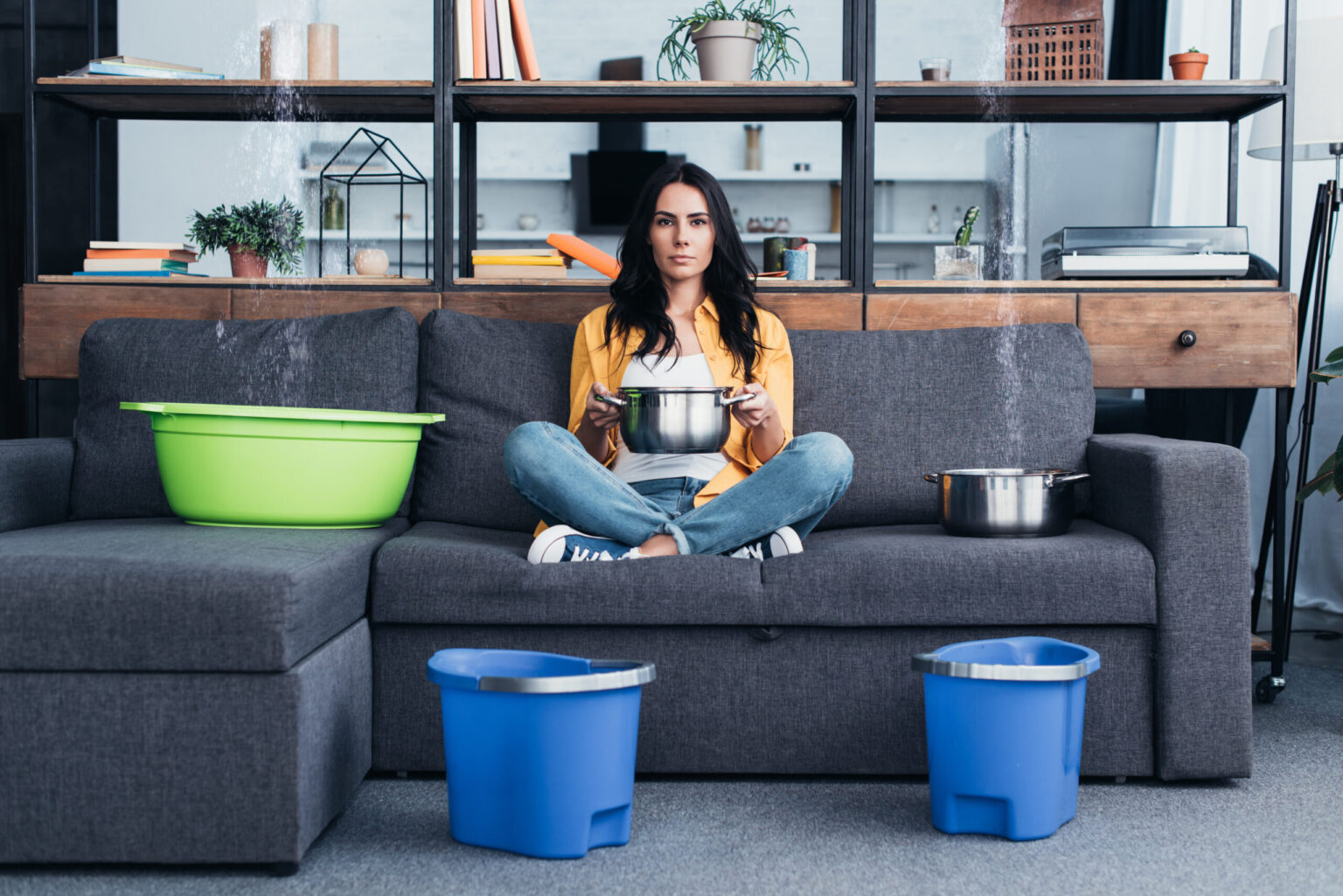It’s never pleasant to discover a water leak in your home, as even the smallest of leaks can cause significant damage over time. If unnoticed or untreated, these leaks can lead to costly repairs, mold growth, and even compromise the structural integrity of your home. Detecting a leak early on can save you from a potential catastrophe. In this article, we’ll discuss various signs that suggest you might have a water leak in your house, and if you do find a leak, be sure to hire a professional plumber for the job, such as a technician from Summers PHC in Brownsburg if you live in the area.
Unexpected Spike in Your Water Bill
One of the earliest signs of a water leak in your house is an unexpected increase in your monthly water bill. While it’s normal for water consumption to fluctuate slightly each month due to various reasons, a sudden spike without any significant change in your water usage habits could be a red flag. When there’s a hidden leak, the water continuously runs, leading to wastage that can add up quickly to your bill.
Presence of Mold and Mildew
Water leaks can create damp conditions which are favorable for mold and mildew growth. If you start noticing a musty odor or see spots of mold and mildew on walls, ceilings, or floors, there’s a good chance there’s a hidden water leak. Besides being an indicator of water damage, mold and mildew can also cause health issues, especially for those with allergies or respiratory conditions.
Wet Spots or Stains

Another telling sign of a leak is the presence of wet spots, dampness, or discoloration on walls, ceilings, or floors. These spots might appear as yellowish-brown stains or patches. In extreme cases, the affected area might become soft to the touch or even start to bubble or peel away. If you observe any of these signs, it’s essential to investigate the cause immediately.
Sounds of Running Water
If you hear the sound of running water even when no taps or appliances are on, it might be due to a hidden water leak. These sounds can be subtle, such as a faint dripping noise, or more noticeable, like the continuous sound of running water. It’s essential to differentiate between the typical noises in your home and those that might indicate a water issue.
Foundation Cracks
While small foundation cracks can be a result of a house settling over time, sudden and larger cracks might be due to water leaks. Water seepage into the foundation can weaken it and lead to cracks. This is a severe issue, as it not only indicates a water leak but also threatens the structural integrity of your house.
Lower Water Pressure
A sudden drop in water pressure might indicate a leak in your plumbing system. While occasional drops in pressure can occur due to various reasons, a consistent or drastic drop without any apparent reason might be due to water escaping from a hidden leak.
Puddles or Wet Spots in Your Yard
If there’s no recent rain, but you notice unusual puddles or consistently wet spots in your yard, it could be a sign of a leak in your underground plumbing or sprinkler system. Wet spots in the yard can not only ruin your lawn but, if left untreated, can also lead to more significant problems like sinkholes.
The Impact of Temperature Fluctuations
Temperature changes, both sudden and gradual, can play a surprising role in creating or exacerbating water leaks in your house. In regions that experience freezing temperatures, water in the pipes can freeze and expand, putting immense pressure on the pipes. This pressure can lead to tiny cracks or even burst pipes, especially if they aren’t insulated well. On the other hand, extreme heat can cause certain materials to expand and later contract, which can also lead to leaks. Regularly checking your HVAC system, especially during seasonal changes, can prevent these issues.
Wallpaper or Paint Peeling Off
The integrity of the paint or wallpaper in your home can be a telling sign of a hidden water leak. When water seeps into wall cavities, it can lead to the wallpaper adhesive or paint losing its grip. This might manifest as bubbling, peeling, or flaking of the wall covering. In extreme cases, you might even observe the paint taking on a “blistered” appearance. It’s crucial to address such issues quickly to prevent further damage to your walls and underlying structures.
Unpleasant Odors
Stale or unpleasant odors can be more than just a sign of a poorly ventilated house. When water leaks go undetected for extended periods, they can create the perfect environment for bacteria and mold to thrive. This growth can lead to a musty or earthy smell, particularly in areas that are usually closed off like basements or under sinks. If you detect any unusual odors in your home, especially in conjunction with other signs, it’s vital to investigate further.
Increased Pests and Insects
Surprisingly, a sudden increase in pests or insects can also be a sign of a water leak. Many pests, such as cockroaches, silverfish, and certain types of ants, are drawn to damp environments. A hidden leak can create a perfect breeding ground for these pests, providing them with both water and, often, softened materials to consume or nest in. If you notice a sudden pest infestation, especially in an area not prone to such issues, a hidden water leak might be the cause.
A Change in the Appearance or Texture of Floor Tiles

Water leaks, especially those near or under the floor, can affect the appearance and texture of your floor tiles or wooden floorboards. For tiles, you might notice them becoming loose or the grout deteriorating faster than usual. Wooden floorboards might warp, buckle, or feel softer when stepped on. These are clear signs of underlying water damage and should be addressed immediately to prevent further deterioration.
The Importance of Regular Inspections
Given the myriad ways water leaks can manifest, regular inspections become essential. This doesn’t mean merely checking visible pipes or faucets. It involves looking into crawl spaces, inspecting the basement, checking under sinks, and even occasionally taking a closer look at your yard or garden. It’s also beneficial to check any appliances that use water, like washing machines, dishwashers, and refrigerators, to ensure they aren’t leaking. Setting a routine for these inspections, perhaps seasonally or bi-annually, can prevent a minor leak from turning into a significant issue.
The Role of Technology in Detecting Leaks
With advancements in technology, there are now tools and gadgets available that can assist homeowners in early leak detection. Devices like smart water sensors can be placed in areas prone to leaks, such as near water heaters, sump pumps, under sinks, or by appliances. These sensors can detect even small amounts of moisture and send alerts to homeowners, allowing them to act before a minor leak turns into a disaster. Investing in such technology, especially if you live in an older home or a region prone to extreme weather conditions, can be a smart move.
Conclusion: The Importance of Prompt Leak Detection
Identifying the signs of a water leak early on is crucial for every homeowner. Not only can it save you from hefty repair bills, but it also ensures the safety and health of your home’s occupants. Water damage, mold growth, and structural issues can have lasting impacts on your property and well-being. If you notice any of the signs mentioned above, it’s essential to act promptly. Remember, it’s always better to be proactive in such situations, and if you’re uncertain about the presence of a leak, consider getting a professional opinion. After all, it’s better to be safe than sorry.












